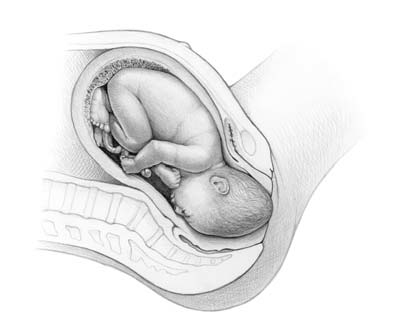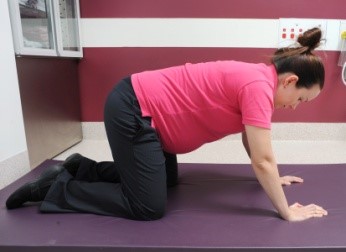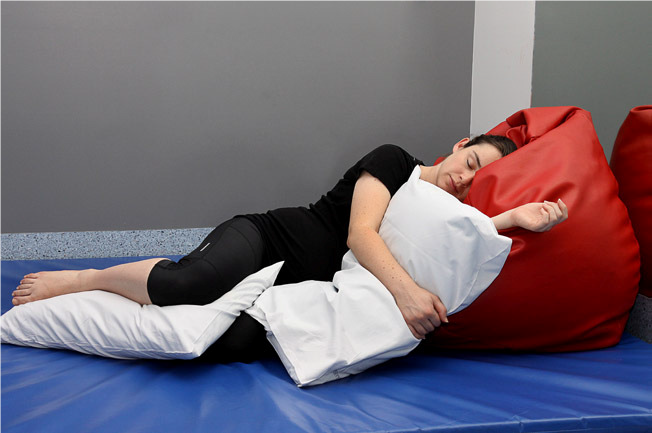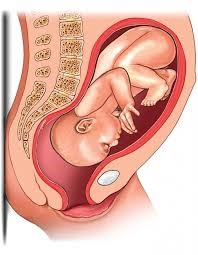In addition to the natural physical preparation your body makes for birth, you may also find yourself preparing emotionally.
You may:
These concerns are common. Discuss your concerns with your midwife or doctor, so you can feel prepared and informed before labour starts.
Preparation for labour starts during pregnancy.
Your birth preferences (sometimes known as a birth plan) is a written list of what you would like to happen when you are in labour and give birth.
Birth preferences may include:
Remember that things may not go according to plan.
There may be complications, or you may change your mind about something. Think about what is important to you for your birth.
Other questions to consider when deciding on your birth preferences may be:
More information: Pregnancy, Birth and Baby - Making a birth plan
It can be helpful to have people around you who can provide both emotional and physical support during labour.
Hospitals usually allow two support people with you in labour. This could be your partner, another family member or a friend.
Studies show that women who have someone with them right through labour have a more positive experience of labour and are less likely to need medication for pain relief.
Please note: Due to COVID-19, the number of support people you can have with you during labour and birth may be limited. It is suggested that you choose someone who can stay with you for the whole time.
There are many things a birth partner can do to provide support.
They can:
More information: Pregnancy, Birth and Baby – Being a birth support partner
Your body is getting ready for childbirth throughout your pregnancy, especially in the last few weeks with final preparation.
The pelvis is made up of two large bones joined by cartilage and ligaments – at two joints in the woman's lower back at the sacrum (called the sacroiliac joints) and at the front symphysis pubis bone.
During late pregnancy a hormone softens and relaxes these ligaments. This gives the pelvic bones the ability to stretch and open more easily for the birth of your baby. It is common in late pregnancy to experience lower back pain, or you may notice that you have a ‘pregnancy waddle’ when walking, due to these changes.
Braxton Hicks are also called ‘practice contractions’ because they are preparation for labour.
Braxton Hicks contractions can begin as early as the second trimester. However, they are most commonly experienced in the third trimester. When this happens, the muscles of the uterus tighten for approximately 30 to 60 seconds and sometimes as long as two minutes. If you have concerns or think you might be in labour, contact your midwife or the hospital.
Braxton Hicks are described as:
if your contractions are easing up in any way, they are most likely Braxton Hicks.
Your baby may begin moving lower in the pelvis, which is called engagement.
How will I know if baby’s head is engaged?
You might notice this as increasing pressure in your lower abdomen, or you might notice that breathing becomes easier.
Your baby is designed for the birth process
The baby's skull bones are divided into five plates that cross over during labour, making their head smaller by moulding to fit the birth canal. Mother and baby work together during labour.
There are things you can do during pregnancy to encourage baby into the best position for labour.
How you sit and use your body can affect the position of your baby in the uterus.
While this does not matter so much during early pregnancy, later on it can affect the position that the baby moves into (in the pelvis).
Presentation during labour refers to which part of the baby enters the birth canal first. Normally, the crown of the head will enter first, which is known as cephalic presentation. Other forms of presentation such as breech presentation may cause difficulties with birth.
Once the baby is head down, the best position for a labour is the anterior position.
Anterior position means the baby’s head enters the pelvis facing your back.
This is the ideal and most common position for birth (see image). When baby is in the anterior position, the smallest dimension of the baby’s head leads the way through the birth canal.

You can use different positions during your pregnancy to give you the best chance of ‘optimally positioning your baby’ prior to labour.
Positions include:



Posterior position means the baby’s head enters the pelvis facing your stomach instead of your back.
It’s good to know that most babies will turn around during labour, but some don't.

How can this affect my labour?
If your baby is in the posterior position when labour starts, it can lead to a longer labour with more backache.
If baby doesn’t turn, you may be able to push baby out yourself or your doctor may need to turn the baby’s head and/or help your birth with forceps or a vacuum cup.
Seek advice from your doctor or midwife, or come to hospital if you:
IMPORTANT: Call the hospital any time, day or night, to speak with a midwife. You will be asked questions about what is happening. You can then plan when to come into hospital.
Bring your Pregnancy Health Record with you.
More information: Pregnancy, Birth and Baby – What happens to your body during childbirth
For mother:
For birth partner:
For mother:
For baby:
Other:
Journey of labour, 23 Mar 2023, [https://oss-uat.clients.squiz.net/health/children/pregnancy/antenatal-information/journey-of-labour]
This document is uncontrolled when printed. Before using the information in this document you should verify the current content on https://oss-uat.clients.squiz.net/health/children/pregnancy/antenatal-information/journey-of-labour.